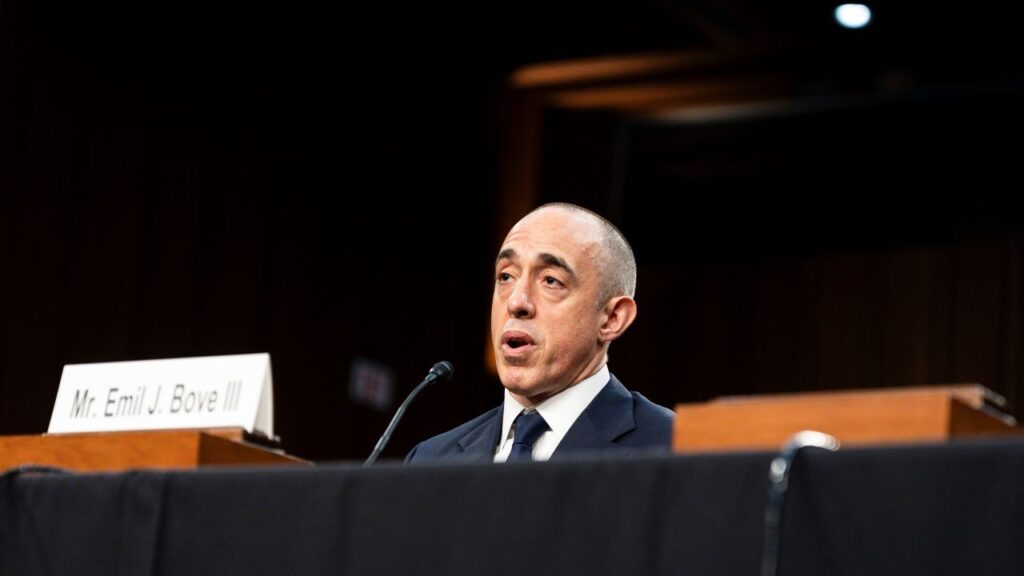Share
California’s public employee pension dilemma boils down to this: The California Public Employees Retirement System has scarcely two-thirds of the money it needs to pay benefits that state and local governments have promised their workers.

Dan Walters
Opinion
Moreover, CalPERS’ official estimate that it is 70.8% funded is based on an assumption of future investment earnings averaging 7% a year, which probably is at least one or two percentage points too high. In the 2019-20 fiscal year that ended June 30, CalPERS posted a 4.7% return and over the last 20 years it has averaged 5.5% by its own calculation.
Were the earnings assumption dropped to a more realistic level, the system’s “unfunded liability” — essentially a multi-billion-dollar debt — would increase sharply from the current $160 billion to at least $200 billion.
There are three ways to resolve the debt dilemma: Earn higher returns, require government employers and employees to pay more, or reduce future benefits. CalPERS is pursuing the first two but a recent state Supreme Court ruling makes the third virtually impossible.
The court had an opportunity to revisit the “California rule” — an assumption, based on past rulings, that once promised, future pension benefits cannot be revised downward.
CalPERS Has Pursued a More Aggressive Investment Policy
The case involved pension reform legislation sponsored by former Gov. Jerry Brown, particularly a ban on manipulating benefit calculations. Some unions said that the California rule protected “pension spiking,” but the justices, while ruling it doesn’t apply, also declared, “we have no jurisprudential reason to undertake a fundamental reexamination of the rule.”
So reducing future benefits is now off the table, which leaves improving investment earnings and increasing contributions as the only options for avoiding an eventual meltdown.
CalPERS has been pursuing a more aggressive policy, contending that without it, the system can’t achieve its 7% goal. It has proposed to borrow up to $80 billion to expand its investment portfolio and make direct loans to corporations or government entities. However, last week’s abrupt resignation of chief investment officer Ben Meng, architect of the strategy, leaves it in limbo.
Basic economics tell us that pursuing higher investment returns means taking higher risks of failure. Direct lending also increases the risk of corruption, which has infected CalPERS in the past.
That’s why a pending CalPERS-sponsored bill is troublesome. The measure, Assembly Bill 2473, would exempt details of CalPERS loans from the state’s Public Records Act, making it much more difficult for watchdogs and journalists to sniff out insider dealing.
The Bottom Line: The City Is Pawning Its Streets to Pay for Pensions
Meanwhile, CalPERS’ demands for more money from state and local governments are hitting their budgets even harder these days because tax revenues have been eroded by the COVID-19’s recession. They force employers to dip into reserves, shift funds from other services, ask their voters to raise taxes, or even borrow money to pay pension debts.
The latter involves what are called “pension bonds,” issued on an assumption that their interest rates will be less than the 7% rate by which CalPERS inflates unfunded liabilities — a practice known in financial circles as “arbitrage.”
Many local governments issue arbitrage bonds, despite the obvious risks, and recently, a hybrid form emerged in Torrance, a small Southern California city.
Torrance is leasing its city streets to a city-controlled entity called the Torrance Joint Powers Financing Authority, which will issue $350 million in bonds to pay for the lease. The city will use the bond money to pay down the city’s $500 million pension debt while making payments to the authority so it can service the bonds.
The bottom line: The city is pawning its streets to pay for pensions. That’s not healthy by any definition.
CalMatters is a public interest journalism venture committed to explaining how California’s state Capitol works and why it matters. For more stories by Dan Walters, go to calmatters.org/commentary.
[activecampaign form=19]Categories



















